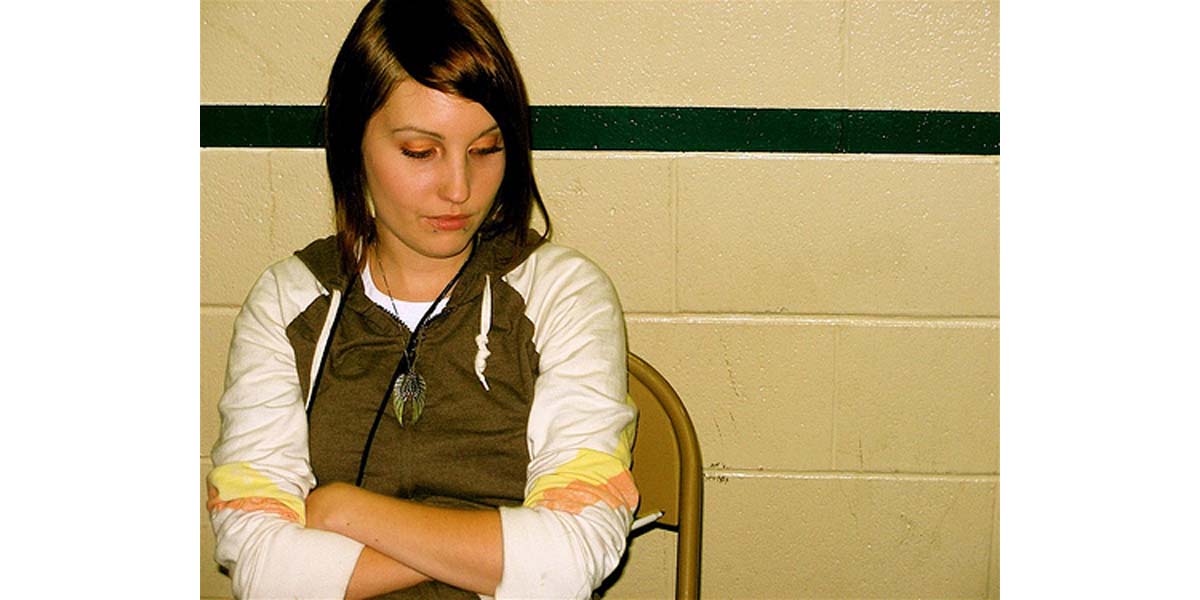A Simple Change in Position Tricks the Brain and Reduces the Severity of Pain Sensation
For decades in the United States, open heart surgery patients have been issued teddy bears as soon as their sutures are removed. The idea behind the "care bears" is that after your muscles and ribs have been sawed open so a surgeon can work on your heart, the pain will inevitably linger for months. Crossing your arms to hold the teddy bear close to the chest relieves lingering surgical pain, and speeds up your recovery.
When you are first handed a teddy bear, you may be confused — was the nurse who handed it to you on the wrong ward, and did they mean to hand the bear to a pediatric patient? Although a cuddly toy may offer some adults emotional comfort as well, the reasoning behind the care bear program is physical in nature.
Now scientists know why

Scientists from University College London publishing their findings in the medical journal Pain say that it is the action of crossing the arms, not the teddy bear itself (or pressure from similar items, such as pillows), that relieves the post-surgical pain that patients suffer. Crossing the arms tricks the brain into processing sensations as if your arms had left your body. While your brain is busy trying to find your arms, it does not have as many neurons available to process pain signals.
Dr. Giandomenico Iannetti of University College London's department of physiology, pharmacology and neuroscience explains that we use the right hand to get a lot of our information about the right side of our world, and our left hand to get a lot of our information about the left side of our world. The brain is "wired" so that information about the external world from one side of our body gets processed along with information about our internal world from the same side of our body.
Pain signals from the body are, as such, processed very quickly as long as the brain can use its "map" of how the body and the rest of the world interact.
When the arms are crossed, however, the brain's map does not work. The bypass patient holding a teddy bear to her chest, for example, is sending the sensation of touch against the left side of the teddy bear to the brain through the right hand. The sensation of touch against the right side of the teddy bear originates in the left hand. The brain is confused, and uses its processing power to determine where the hands are rather than how much the chest hurts.
This maneuver does not require a teddy bear. It's enough simply to cross one's arms across the chest, whether lying down, standing up, seated, or in some other position. If you do not have a teddy bear, you could also simply use a pillow instead.
In the study, Dr. Iannetti and colleagues used a laser to generate a prick of pure pain on the hands of the participants. An electroencephalography (EEG) measured the subjects' brains' reaction to the painful stimulus. The volunteers were first given the pain stimulus with their hands at their sides and then with their hands crossed. EEG showed that the brain was less focused on the pain when the hands were crossed.
Crossing the arms is a very effective way of controlling pain, but it's not the only simple pain relief remedy you have at your disposal. The old principles of "rubbing it to make it better" and "kissing it to make it better" work on the same principle and really do work. Anything that distracts the brain reduces the pain, whether it is holding a teddy bear, crossing the arms, rubbing an owie, or a tender kiss.
- Gallace A, Torta DM, Moseley GL, Iannetti GD. The analgesic effect of crossing the arms. Pain. 2011 Jun, 152(6):1418-23. Epub 2011 Mar 26.
- Photo courtesy of Jerk Alert Productions on Flickr: www.flickr.com/photos/jerkalertproductions/2207666280/lightbox/

